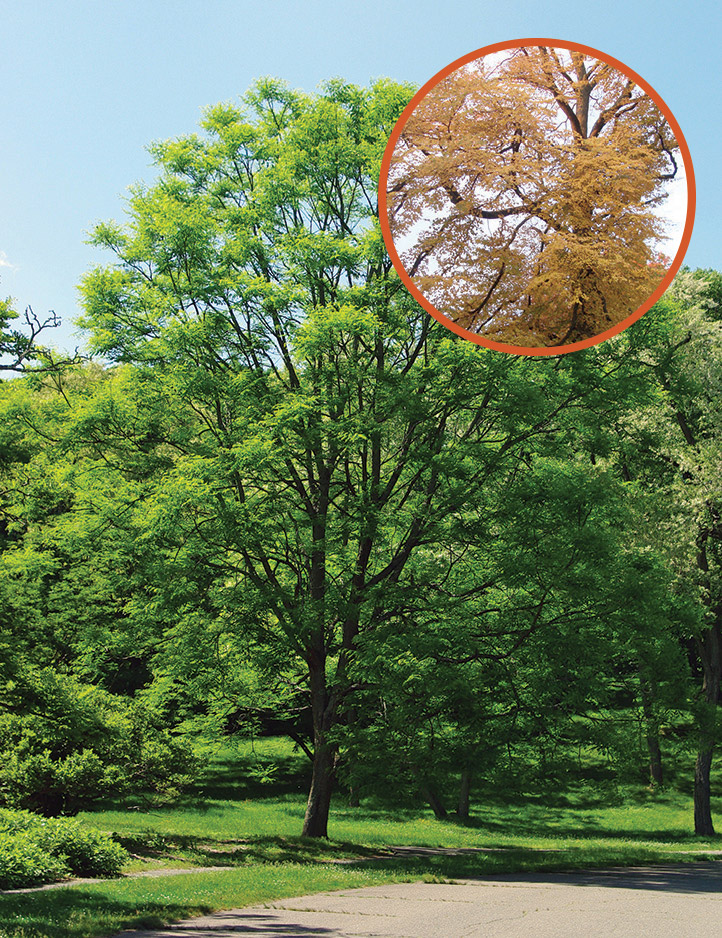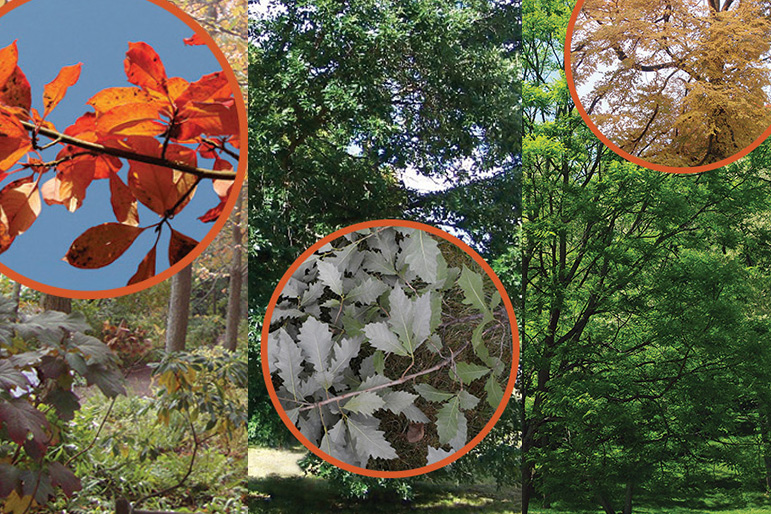

The native ash trees in North America, including Canada, are under attack from the Emerald Ash Borer (EAB). What began in southeastern Michigan in 2002 has spread to 31 states, including Pennsylvania. Every ash tree in forest, park and residential areas that is not cared for and treated will succumb to the devastating Emerald Ash Borer.
In our neck of the woods, we have two species of ash: green ash (Fraxinus pennsylvanica) and white ash (F. americana). They can make up to 15% of our canopy cover in some areas. Losing that much canopy is significant. Not only will it create an ecological disaster; removing and replacing the receding ash tree population will have a huge economic impact.
What should we consider when deciding on what to plant to replace the gaps in our community forest? Diversity of species is the most important consideration. When the elm trees were dying from Dutch Elm Disease, many municipalities and residential property owners planted ash trees. Now that all the ash trees are dying, many of us will plant maples to replace them. But what happens when the maples start to die?
That’s where diversity comes in. Ash trees are native to North America. Consider planting other native tree species to fill the gaps. Replacement species should be relatively free of devastating pests and diseases, and perform well in our urbanized community environments. We have whittled down our recommendationsto three trees that meet the criteria and present them here for your consideration.
Kentucky Coffee Tree
Gymnocladus dioicus
Similar to ash in habit. Compound leaves. Tolerant of moist to dry soils. The female trees produce a brown, leathery pod. Yellow fall color, interesting scale-like ridge patterns of the bark. Impressive specimens at Swarthmore College.
Black Gum
Nyssa sylvatica
Dark green leaves in summer that turn orange to scarlet in fall: brilliant! Bluish-black berries that ripen in fall and provide much-needed forage for migrating birds. Pyramidal habit, developing a blocky, thick bark with age. Many fine specimens in local woods, including Wissahickon and Fairmount Park.
Swamp White Oak
Quercus bicolor
Tolerant of wet to dry conditions. Prefers acid soil. Leaves are bicolor: dark green on top and gray, almost white, on the underside. Significant canopy tree. Long-lived. Specimens at Haverford College.

When heavy winds blow, major limbs — and sometimes entire trees — fall. The primary reason for this is poor structure, which results...

In the past 10 years, several significant pest and disease issues have become so common that we deal with them every day. Here...

Beech Leaf Disease (BLD) is emerging as the biggest threat to our trees since Emerald Ash Borer.
As we have communicated over the past...